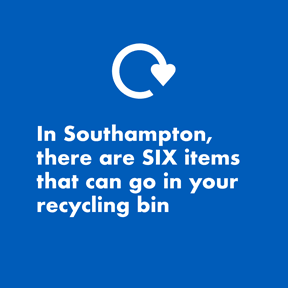Sustainable Drainage Systems (SuDS)

Sustainable Drainage Systems are designed to mimic natural drainage processes to manage surface water locally. They are designed to manage both flooding and pollution risks resulting from urban runoff and contribute wherever possible to environmental enhancement.
SuDS features include:
- Green roofs
- Permeable pavements
- Soakaways (Geo-cellular crates)
- Retention Ponds
- Infiltration basins and trenches
- Rainwater harvesting
- Swales
- Rain gardens
Advice for Developers
Paragraph 165 of the National Planning Policy Framework sets out that all “Major developments should incorporate sustainable drainage systems unless there is clear evidence that this would be inappropriate.” The management of surface water should be demonstrated as part of the Site Specific Flood Risk Assessment ensuring the proposed drainage system will reduce flood risk to the site itself and elsewhere whilst taking climate change into account.
Developers are advised to follow the non-statutory technical standards for sustainable drainage systems. These should be used in conjunction with the National Planning Policy Framework and Planning Practice Guidance.
Southampton City Council as the Lead Local Flood Authority is a statutory consultee on major planning applications for surface water management.
The council has produced Local SuDS Design Guidance to assist developers, designers and consultants who are seeking guidance on the requirements for the design of Sustainable Drainage Systems in Southampton.
This guidance should complement the National Standards and will be used by Southampton City Council when consulting on planning applications relating to sustainable drainage.


